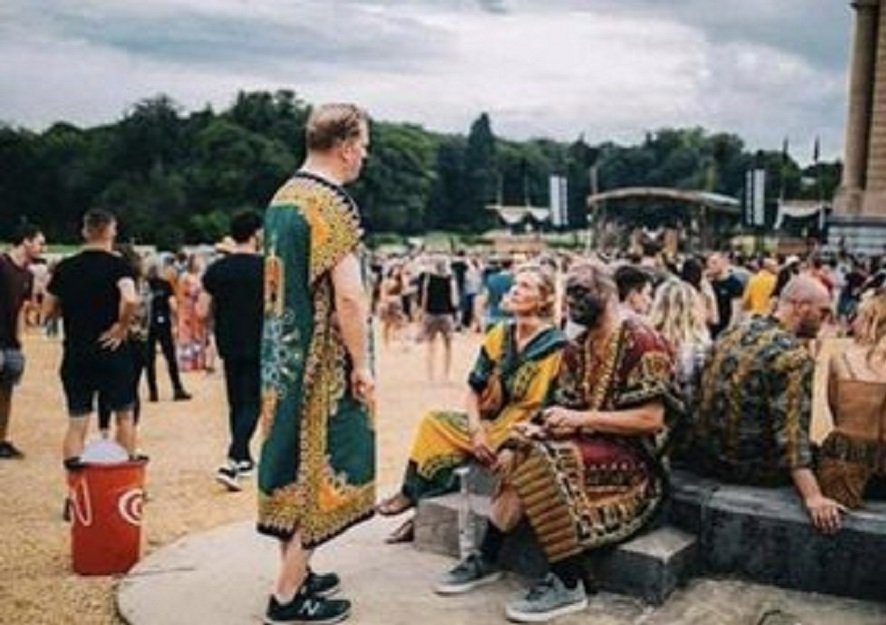The mayor of the Belgian town of Ath has played down criticisms of a 16th-century festival the town celebrates every August which features a character painted black.
Known as “the Savage”, the character, which is a white man covered with black paint wearing a feathered war bonnet, as well as, a conspicuous chain and a bull ring made its usual appearance at the Ducasse d’Ath on Sunday, Reuters reports.
Listed by UNESCO as a cultural heritage, the festival features “the Savage”, who is regarded as the chief protagonist parading through the streets and making unusual sounds while frightening and cuddling children and leaving black marks on their faces.
“This character has all the degrading attributes that black people are given in the racist imagery of our societies,” Mouhad Reghifa, spokesman for anti-racism group Brussels Panthers told Reuters. “It is totally racist and it maintains a degrading image of the black person, which has consequences in everyday life.”
The mayor for Ath, Bruno Lefebvre, however, said the character isn’t racist and critics are rather misconstruing it.
“It’s mostly people from outside who talk about racism, anti-black sentiment. At Ath, we never considered ‘the Savage’ to be a racist figure,” Lefebvre told Reuters.
“It is rather a character that the inhabitants of Ath adore… when one get a kiss from ‘the Savage’, we have good luck all the year ahead,” he added.
The Brussels Panthers, together with other advocacy groups and individuals, have petitioned UNESCO to withdraw its recognition of the festival as a cultural heritage as the character insults and mocks black people.
Belgian newspaper Le Soir reported that UNESCO has taken the grievances seriously, though it is not clear if it would revoke the festival’s cultural heritage status.
News of this festival comes in the wake of a supposed Africa-themed party that was recently held in the grounds of a colonial museum in Belgium showing patrons dressed in pith helmets and blackface.

Described as the last colonial museum in the world, the Royal Museum for Central Africa celebrated the Belgians and their brutal history in the Congo under Leopold II, who ruled Congo with an iron fist for more than a century. The museum, with a large collection of colonial objects, is sited near the former royal estate of Leopold II where he set up the infamous human zoo.

Photos from the event showed some of the patrons dressed in leopard skin print, pith helmets as colonial-era explorers and one man in blackface.
The Ducasse d’Ath adds to the list of other blackface festivals that are still held in some European countries despite the backlash.
In Spain, the Three Kings parade and Three Kings Day, which is observed annually in January and dates back to the 19th century, features three kings walking through the streets and dishing out sweets and gifts to children with one of them in blackface.

This blackface depiction is similar to that of the controversial Dutch Christmas character, Zwarte Piet (Black Pete). Despite years of protest, the tradition continues.
During this event, thousands of Dutch holidaymakers paint their faces black and lips red to parade the streets ahead of Christmas festivities depicting Black Pete – a Dutch folklore character who assists Saint Nicholas (Santa Claus or Sinterklaas in Dutch).
Black Pete first appeared in an 1850 book by Amsterdam schoolteacher Jan Schenkman who introduced him as a Moor from Spain. He distributes sweets and presents to children on the eve of December 5 which is the festival of Sinterklaas.

However, the blackface, afro hair and red lips have been widely condemned as racist by activists who equate it to the black minstrel shows in 19th century America when white actors wore black faces depicting black people as slow and dumb.










